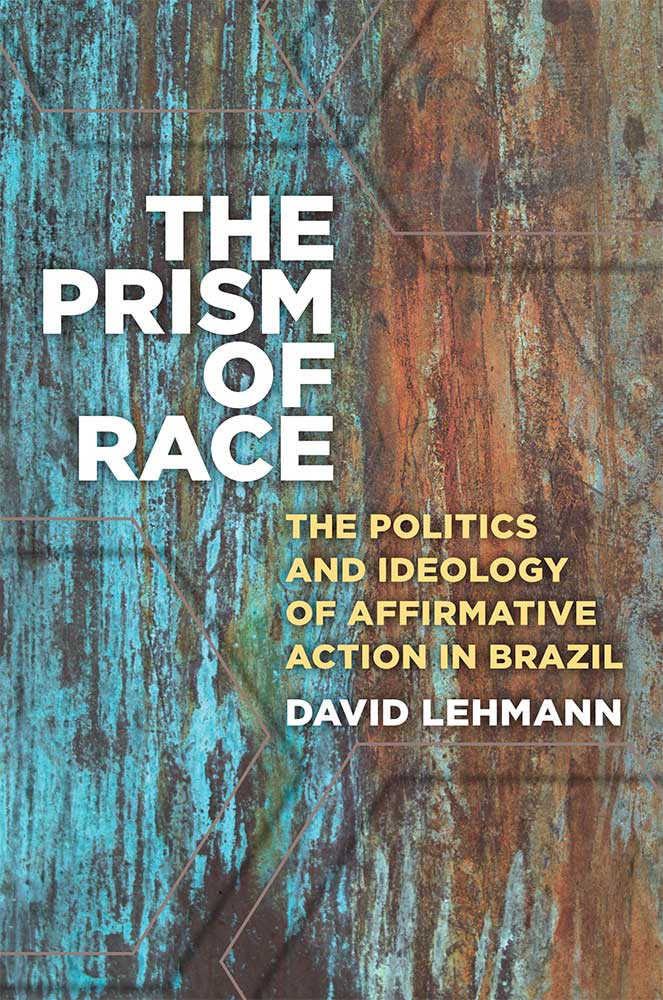Multiracial Malaise: Multiracial as a Legal Racial Category
Fordham Law Review
Volume 86, Issue 6 (2018)
pages 2783-2793
Taunya Lovell Banks, Jacob A. France Professor of Equality Jurisprudence
University of Maryland Francis King Carey School of Law
The focus of this Article is the underlying assumption of the Brookings Institution report that multiracial individuals constitute a separate racial category. My discussion of legal racial categories focuses only on government “racial” definitions. Multiracial individuals should enjoy the freedom to self-identify as they wish—and, like others, be afforded the protections of anti discrimination law. The question is whether a separate legal racial category is needed to provide that protection. Race in this country has been “crafted from the point of view of [white] race protection” protecting the interests of white Americans from usurpation by non whites and, unless the creation of a separate multiracial legal category advances this goal, change will be resisted. Commentaries grounded in Fourteenth Amendment Equal Protection Clause and federal statutory anti-discrimination jurisprudence shape the construction of racial categories in U.S. law. This jurisprudence influences the racial categories and definitions used for the census. The next Part briefly discusses the attempt to get a multiracial category on the U.S. census.
[R]ace is at once an empty category and a powerful instrument. —Melissa Nobles1
Racism is about race: more races can lead . . . to changes in the way racism is presented, and ultimately to more, rather than less, racism. —Paulette M. Caldwell2
INTRODUCTION
The fiftieth anniversary of Loving v. Virginia,3 which struck down Virginia’s antimiscegenation statute, provides an opportunity to reflect on Loving’s impact. A 2017 Pew Research Center analysis of U.S. Census Bureau data found that interracial marriages constitute 17 percent of all marriages,4 which represents an increase of 14 percent since the U.S. Supreme Court decided Loving in 1967.5 One byproduct of the increase in interracial marriages is the growing number and prominence of multiracial children. For example, a July 2017 Brookings Institution report characterizes Barack Obama, born six years before Loving, as the person who gave growing “prominence” to the emergence of multiracial people in America.6
Increasingly, there is interest in the offspring of interracial unions and how they compare to monoracial individuals. The Brookings Institution, for example, reported that “there is no test score gap between white and multiracial high school students.”7 The report seems to define “multiracial” very narrowly as people with parents from different racialized groups.8 Yet the multiracial population in the United States is not a new phenomenon. By limiting multiracial “to first-generation children of interracial couples,”9 as others have, the report fails to acknowledge older and larger generations whose genealogical mixture is more distant. Many of the people within this older multiracial population are racially classified by government and custom as black or African American, and they constitute “around 40 [percent] of the total population.”10 In contrast, according to the 2000 census, firstgeneration multiracial individuals (including those with remote African ancestry) make up roughly 2 percent of the total population and are more likely to be seen as multiracial.11
Proponents of a multiracial legal category complain that multiracial individuals are harmed by not being recognized under law as multiracial. Specifically, they argue that the law neither recognizes their personal identity nor protects their right to self-identify racially and to have that identity accepted.12 Despite the long history of multiracial people in the United States, Fourteenth Amendment equal protection constitutional jurisprudence, statutory antidiscrimination laws, and the census do not formally recognize a separate multiracial category. Thus, the question is whether legal recognition is needed to remedy race-based discrimination experienced by multiracial individuals.13
Historically, courts grappling with racial-identity questions looked at three factors, phenotypical characteristics, ancestry, and racial reputation in the community, to resolve the issue.14 The courts relied on a binary classification system of white and nonwhite; the underlying issue in these cases being whether one party had any nonwhite ancestry. Thus, until recently, Barack Obama, despite his white mother, would be classified racially as black, since twentieth-century notions of race held that any known African ancestry made one black.15
Admittedly, since Loving, conventional notions of race in the United States have “destabilized” as a result of “increases in immigration, intermarriage, and cross-racial adoptions.”16 Reflecting the era of racial self-identification,17 racial categories are more fluid in the twenty-first century, even for people who, historically, racially classified as black. These attitudinal changes are reflected in a 2007 Pew Research Center finding that “[n]early four-in-ten African Americans (37%) say that blacks can no longer be thought of as a single race” because of increasing diversity within that community.18
Conventional blackness, where one is “black” if one’s African ancestry is visible or known,19 is on the wane. As critical race theory legal scholar Neil Gotanda posits, race—particularly the racial category “black”—while a consistent and constant “social divider,” is not a “stable, coherent legal and social concept.”20 Today, people with some African ancestry may move away from blackness and, in some respects, the legal multiracial category movement is an example.21
The focus of this Article is the underlying assumption of the Brookings Institution report that multiracial individuals constitute a separate racial category. My discussion of legal racial categories focuses only on government “racial” definitions. Multiracial individuals should enjoy the freedom to self-identify as they wish—and, like others, be afforded the protections of antidiscrimination law. The question is whether a separate legal racial category is needed to provide that protection. Race in this country has been “crafted from the point of view of [white] race protection”22— protecting the interests of white Americans from usurpation by nonwhites and, unless the creation of a separate multiracial legal category advances this goal, change will be resisted.
Commentaries grounded in Fourteenth Amendment Equal Protection Clause and federal statutory antidiscrimination jurisprudence shape the construction of racial categories in U.S. law. This jurisprudence influences the racial categories and definitions used for the census. The next Part briefly discusses the attempt to get a multiracial category on the U.S. census…
Read the entire article here.




